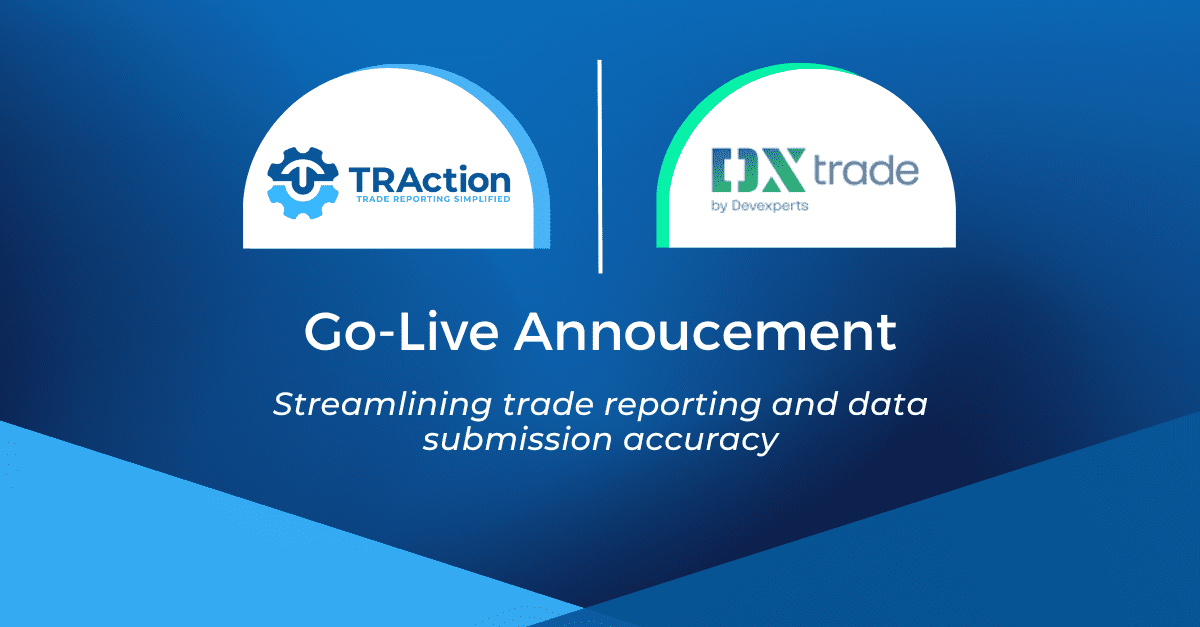The ESMA 2022 Report on Quality and Use of Transaction Data is a study conducted by the regulatory authority to assess the quality and utilisation of transaction data across the European Union (EU). The report analyses various aspects of transaction data, including missing valuations, which are an important component of accurate and reliable market analysis. One trend highlighted is that the number of reports with missing valuations is declining. This is something that ESMA have been targeting for years, as the valuations give the regulator a much better picture of the overall systematic risk by having a better understanding of the aggregate exposure being held in the OTC marketplace.
Prefer to watch?
What do we mean by missing valuations?
Missing valuations refer to instances where the reported data lacks complete or accurate information regarding the current mark-to-market valuation of a financial instrument. Valuations play a critical role in assessing the fair value of assets, determining risk exposure, and ensuring market transparency. Therefore, the accuracy and completeness of valuations are crucial for effective risk management and investor protection.
Declining Trend of missing valuations
The ESMA report notes there has been a reduction in missing valuations within the analysed dataset. This indicates an improvement in data quality and the effectiveness of regulatory measures implemented to enhance transparency and reporting standards. The following factors contribute to this trend :
- Strengthened Regulatory Framework: Regulatory bodies, including ESMA, have implemented stringent reporting requirements, such as the Markets in Financial Instruments Directive (MiFID II) and the European Market Infrastructure Regulation (EMIR). These regulations have compelled market participants to enhance their data collection and reporting processes.
- Technological Advancements: Automated reporting systems and trade repositories have facilitated more efficient and accurate data collection and have minimised manual errors.
- Industry Collaboration: Market participants, including financial institutions, data vendors and regulators, have come together to establish industry standards and best practices for data reporting.
Implications and Benefits
The reduction in missing valuations across transaction reporting has several implications for the financial industry:
- Enhanced Risk Management: Accurate and complete valuations enable regulators and financial institutions to better assess their risk exposure and make informed investment decisions.
- Investor Confidence: Reliable and transparent transaction data enhances investor confidence in the financial markets.
- Regulatory Compliance: A reduction in missing valuations aligns with regulatory objectives, as demonstrated by the efforts of ESMA and other regulatory bodies to enforce reporting standards. Market participants’ adherence to these standards ensures compliance with regulations and contributes to a more robust financial system.
It is essential for market participants to continue prioritising data accuracy, transparency and collaboration to maintain this positive trend and foster a resilient and efficient financial industry.
Summary
TRAction remains committed to making trade reporting simple by staying ahead of regulatory developments and monitoring for changes that may affect our clients. Don’t hesitate to contact us if you would like to know more.




